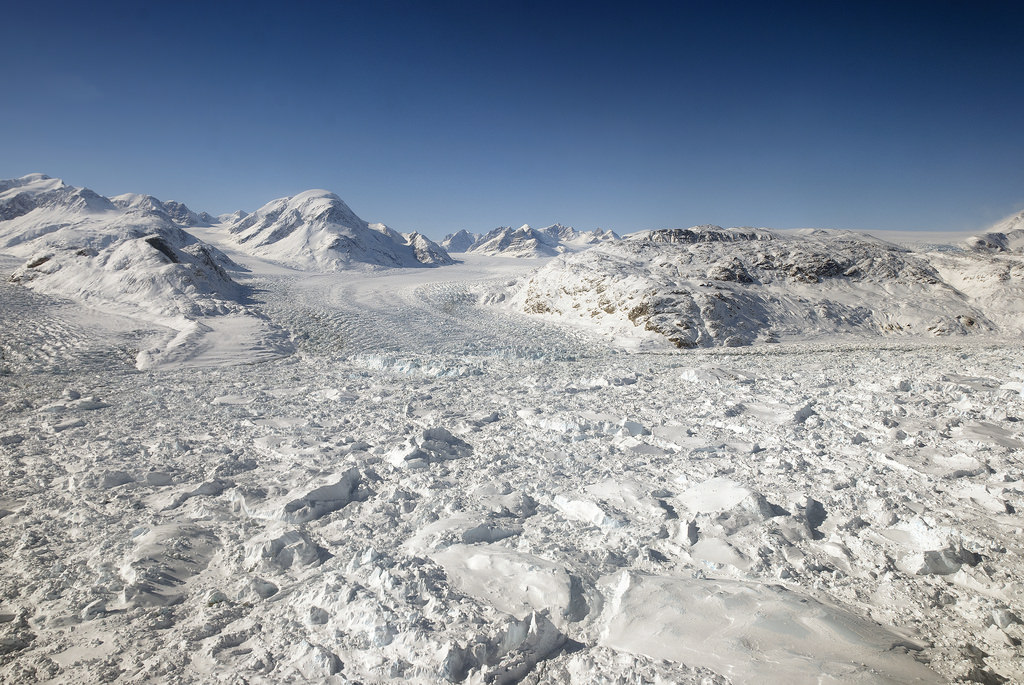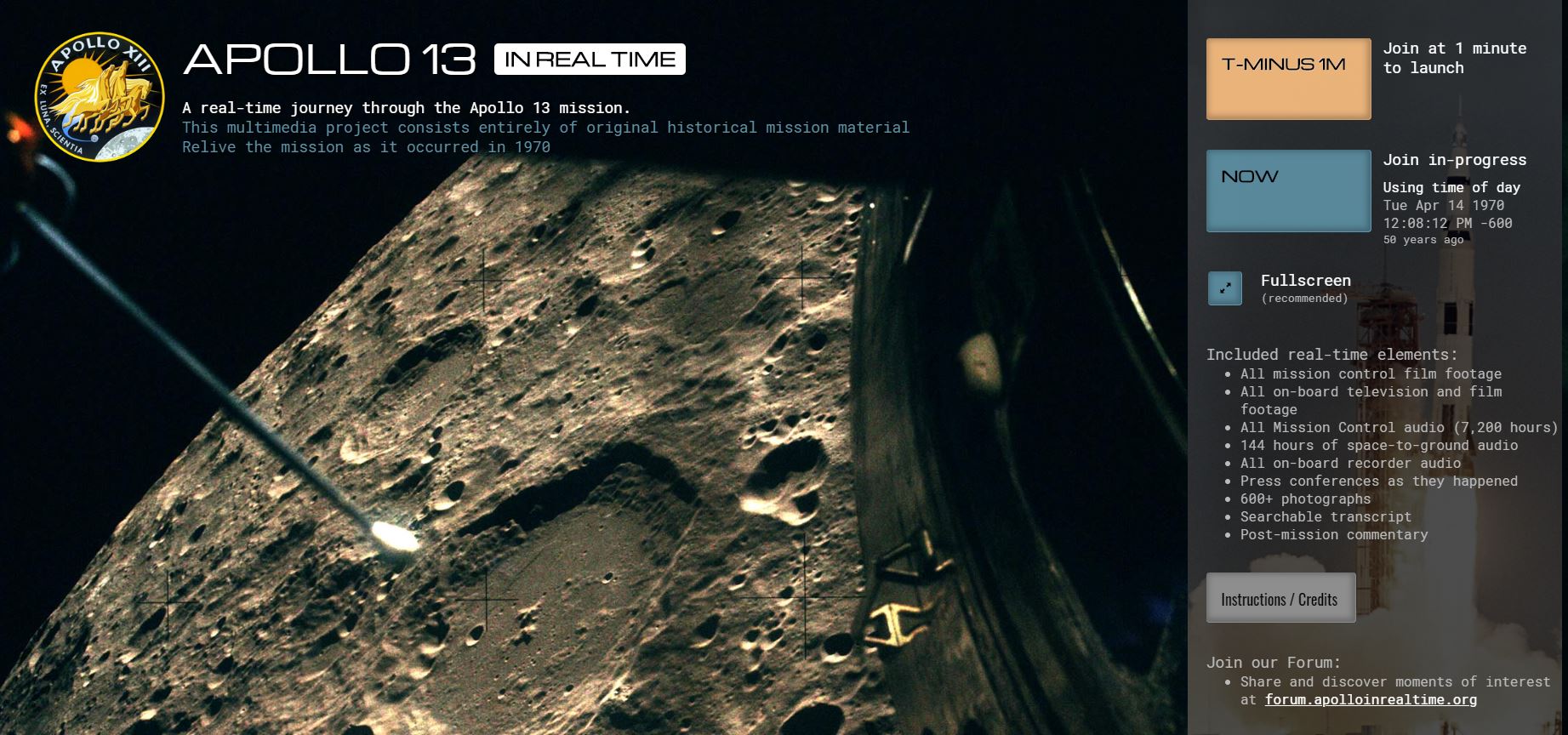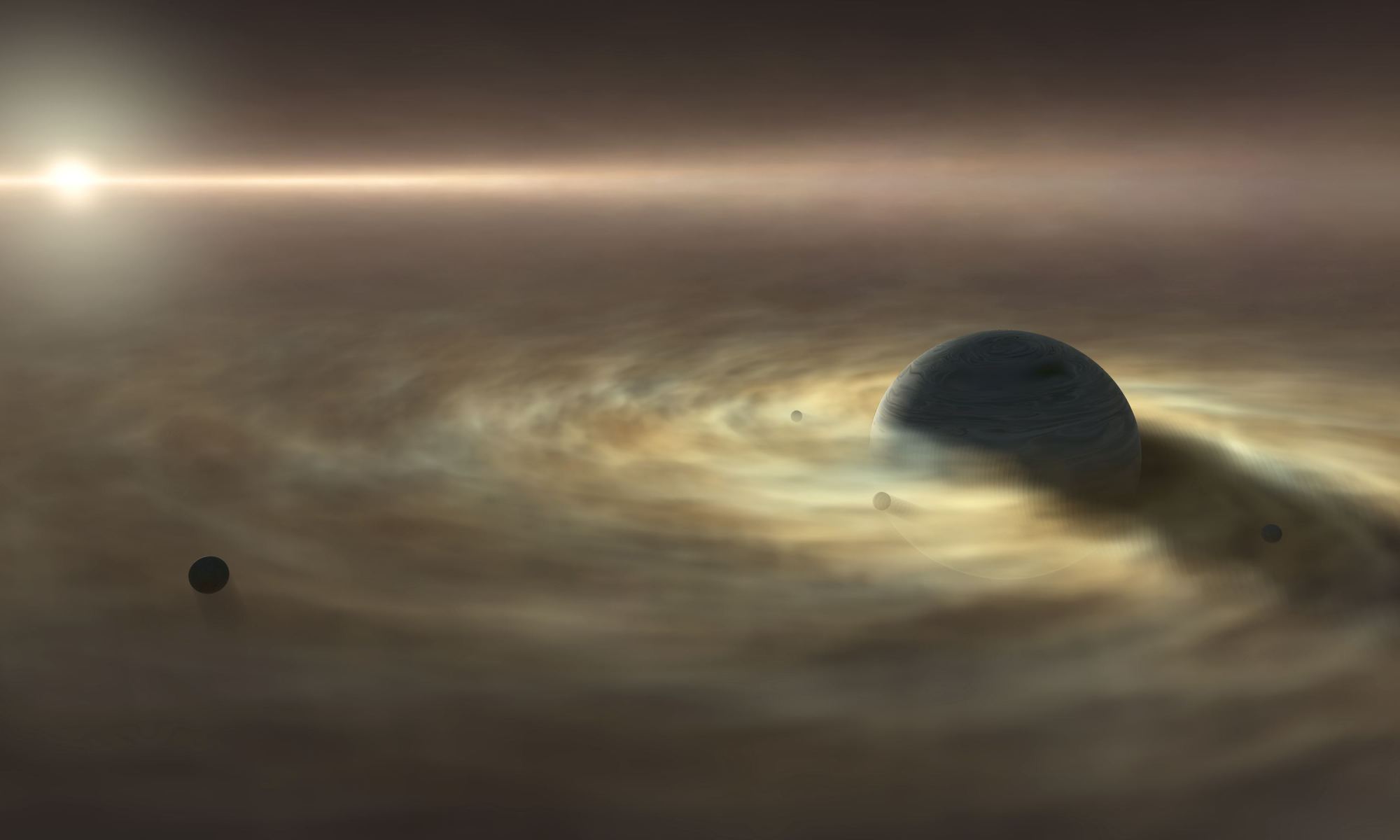Is anybody listening?
Continue reading “Greenland and Antarctica are Losing Their Ice 6 Times Faster than in the 1990s”Five Space and Astronomy Activities to do at Home During the Coronavirus Outbreak
We’re in uncharted territory as the world faces the Coronavirus (COVID-19) pandemic. While the medical community is on the front lines of dealing with this, as well as others who provide critical services in our communities, the best thing many of us can do is to stay home (and wash our hands).
If you’re looking for ways to keep occupied, keep your kids in learning-mode while school is canceled, and expand your horizons — all at the same time — luckily there are lots of space and astronomy-related activities you can do at home and online. We’ve compiled a few of our favorites, including this first one, one that just became available yesterday.
Continue reading “Five Space and Astronomy Activities to do at Home During the Coronavirus Outbreak”A Star Has Been Found That Pulsates, But Only on One Side
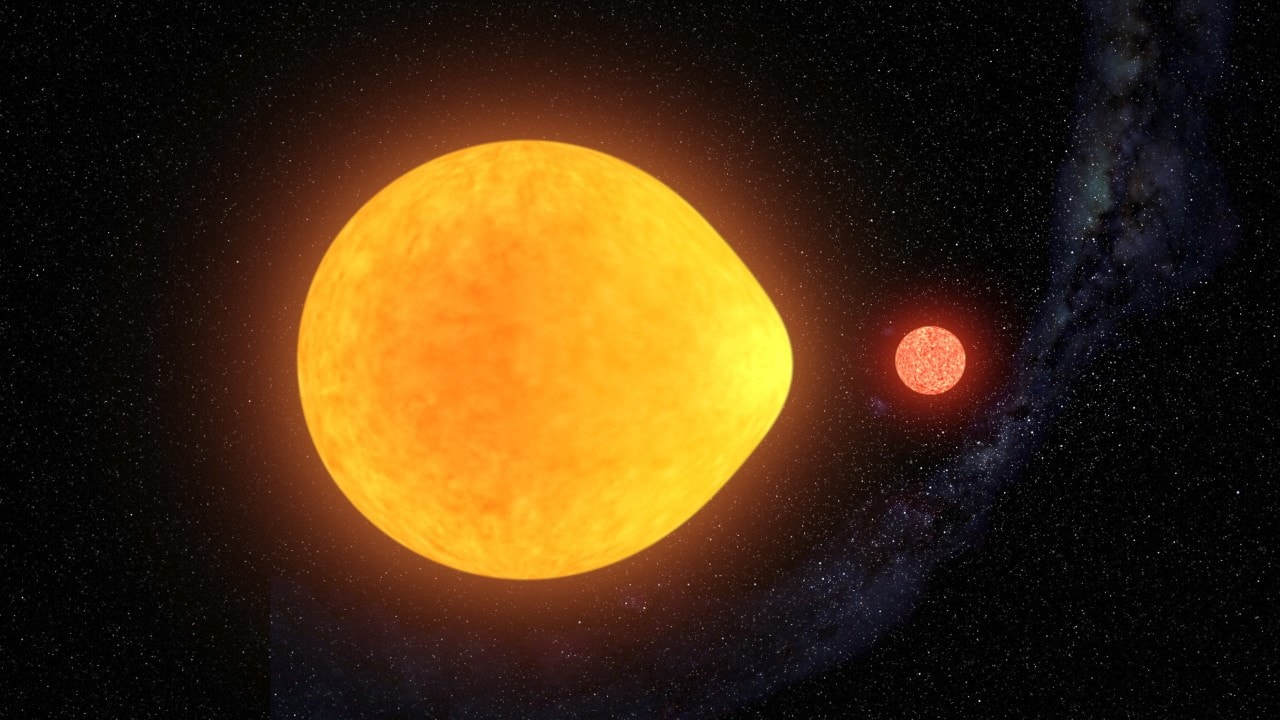
In the 17th century, astronomers witnessed many stellar events that proved that the starry sky was not “fixed and eternal.” This included stars whose brightness varied over time – aka. “variable stars.” By the 20th century, many variable stars had been cataloged and astronomers have discerned subclasses of them as well – notably, stars that swell and shrink, known as pulsating variables.
In all cases, these variable stars were found to have rhythmic pulsations that were visible from all sides. But a recent discovery by an international team has confirmed that there are variable stars that can pulse from only one side. This pulsating star, part of a system known as HD 74423, is located about 1,500 light-years from Earth and is the first of its kind to be found.
Read moreYour Umbrella is Insufficient on a Planet Where it Rains Iron
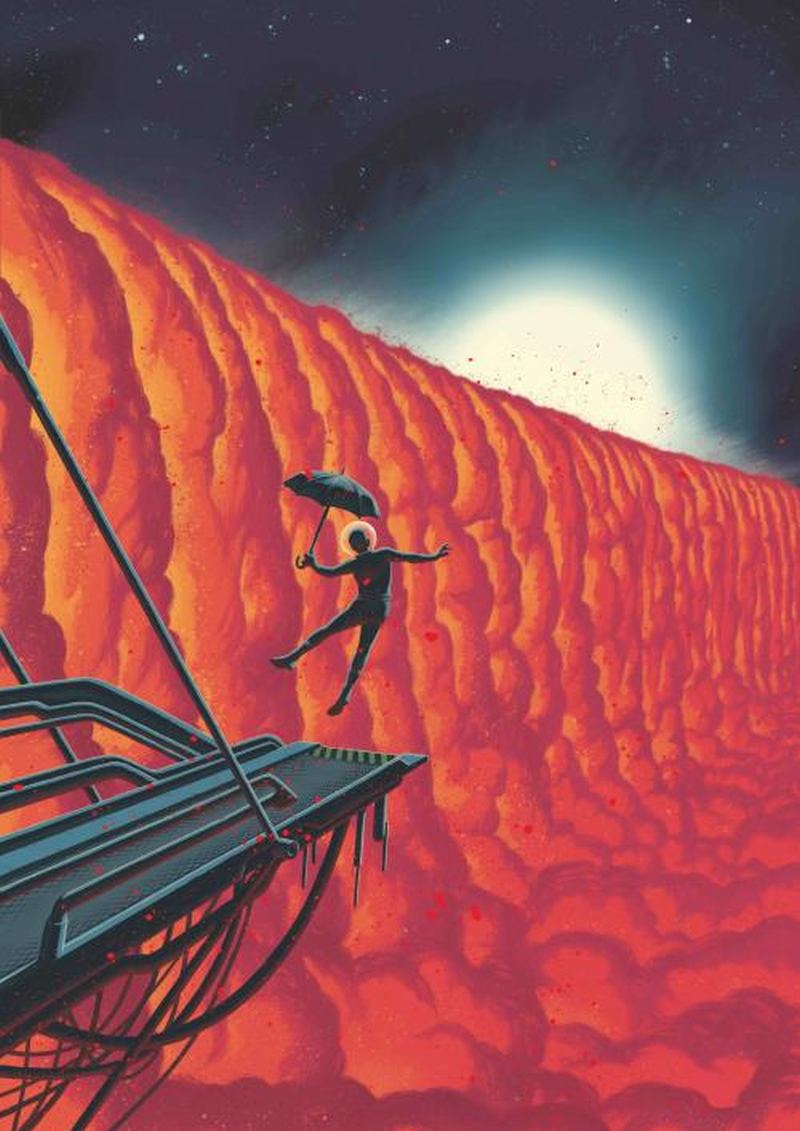
Imagine a planet where it rained iron. Sounds impossible. But on one distant exoplanet, which is tidally locked to its star, the nightside has to contend with a ferrous downpour.
Continue reading “Your Umbrella is Insufficient on a Planet Where it Rains Iron”Slime Mold Grows the Same as the Large Scale Structure of the Universe

Matter in the Universe is not distributed equally. It’s dominated by super-clusters and the filaments of matter that string them together, surrounded by huge voids. Galaxy super-clusters are at the top of the hierarchy. Inside those is everything else: galaxy groups and clusters, individual galaxies, and solar systems. This hierarchical structure is called the “Cosmic Web.”
But how and why did the Universe take this form?
Continue reading “Slime Mold Grows the Same as the Large Scale Structure of the Universe”Over a Hundred New Large Objects Found in the Kuiper Belt
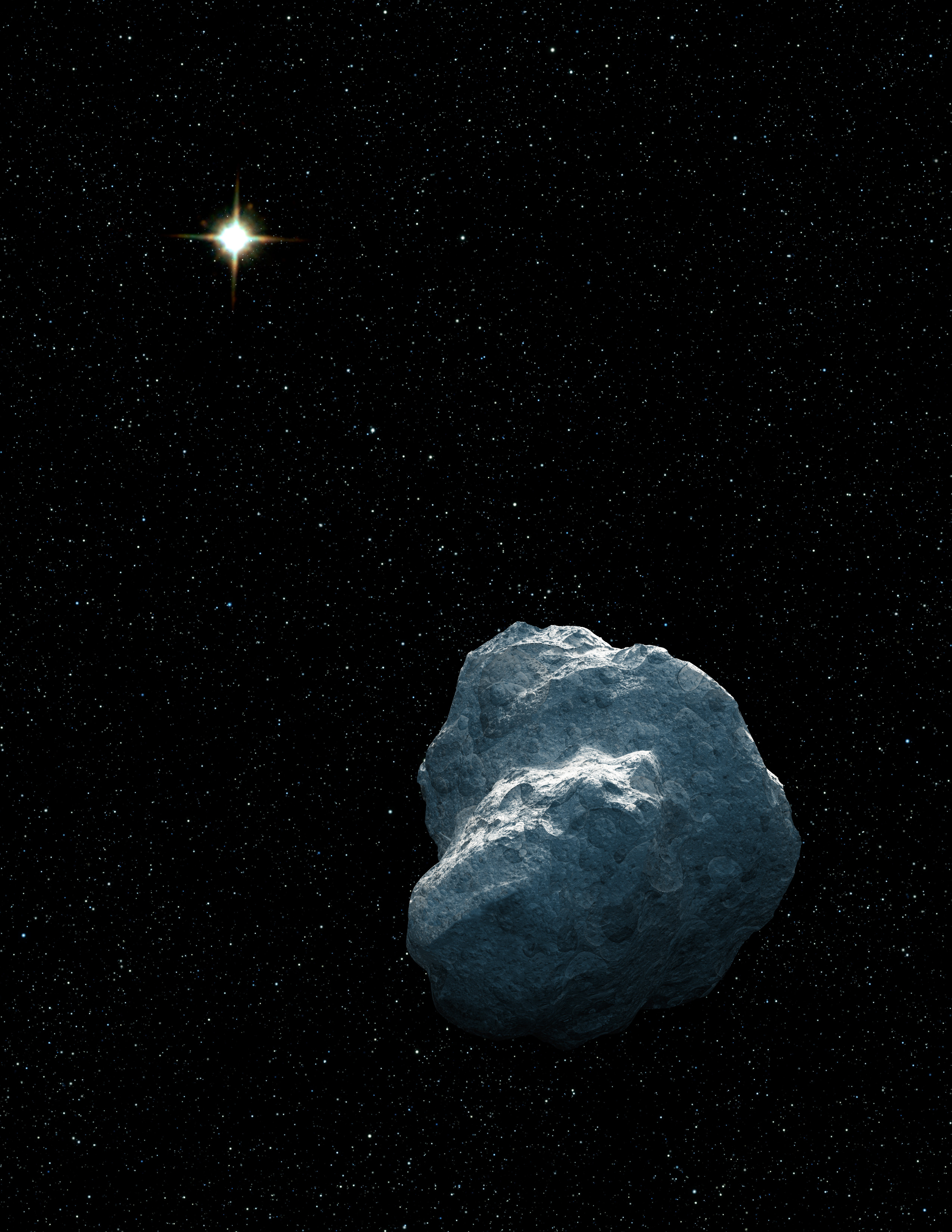
Hey Pluto, Sedna, Haumea, Makemake Et al.: You’ve got company!
While searching for distant galaxies and supernovae, the Dark Energy Survey’s powerful 570-megapixel digital camera spotted a few other moving “dots” in its field of view. Turns out, the DES has found more than 100 previously unknown trans-Neptunian objects (TNOs), minor planets located in Kuiper Belt of our Solar System.
A new paper describes how the researchers connected the moving dots to find the new TNOs, and also says this new approach could help look for the hypothetical Planet Nine and other undiscovered worlds.
Guess you never know what you’ll find once you start looking!
Continue reading “Over a Hundred New Large Objects Found in the Kuiper Belt”Astronomers Spot Rare Brown Dwarf Pair
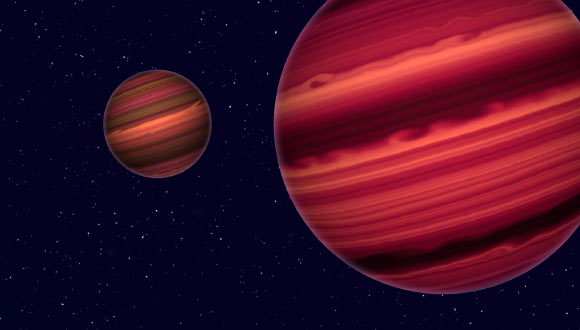
Sometimes, the strangest stellar finds are right in our own cosmic neighborhood. Astronomers recently made an interesting discovery while putting a new set of telescopes through their paces: an eclipsing pair of sub-stellar brown dwarfs.
Continue reading “Astronomers Spot Rare Brown Dwarf Pair”Gas and Dust Stop Planets From Eating Their Moons
Beyond Earth’s only satellite (the Moon), the Solar System is packed full of moons. In fact, Jupiter alone has 79 known natural satellites while Saturn has the most know moons of any astronomical body – a robust 82. For the longest time, astronomers have theorized that moons form from circumplanetary disks around a parent planet and that the moons and planet form alongside each other.
However, scientists have conducted multiple numerical simulations that have shown this theory to be flawed. What’s more, the results of these simulations are inconsistent with what we see throughout the Solar System. Thankfully, a team of Japanese researchers recently conducted a series of simulations that yielded a better model of how disks of gas and dust can form the kinds of moon systems that we see today.
Continue reading “Gas and Dust Stop Planets From Eating Their Moons”India’s Chandrayaan 2 is Creating the Highest Resolution Map We Have of the Moon
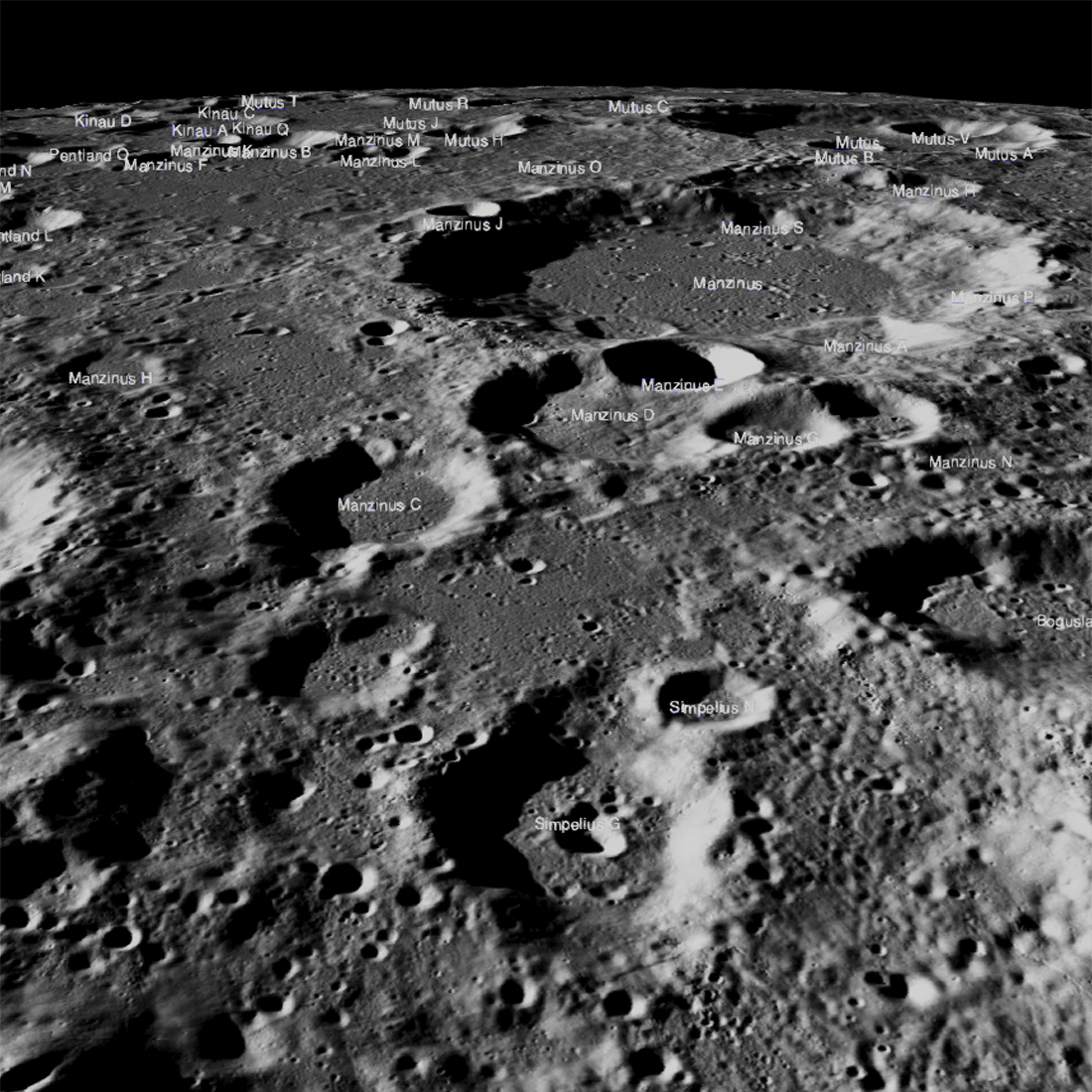
India’s space organization, ISRO, launched Chandrayaan 2 to the Moon last year in July. While its lander Vikram crashed on the lunar surface on September 7, the Chandrayaan 2 orbiter continues to orbit the Moon.
Continue reading “India’s Chandrayaan 2 is Creating the Highest Resolution Map We Have of the Moon”70 Million Years Ago, Days Were 30 Minutes Shorter, According to this Ancient Clam
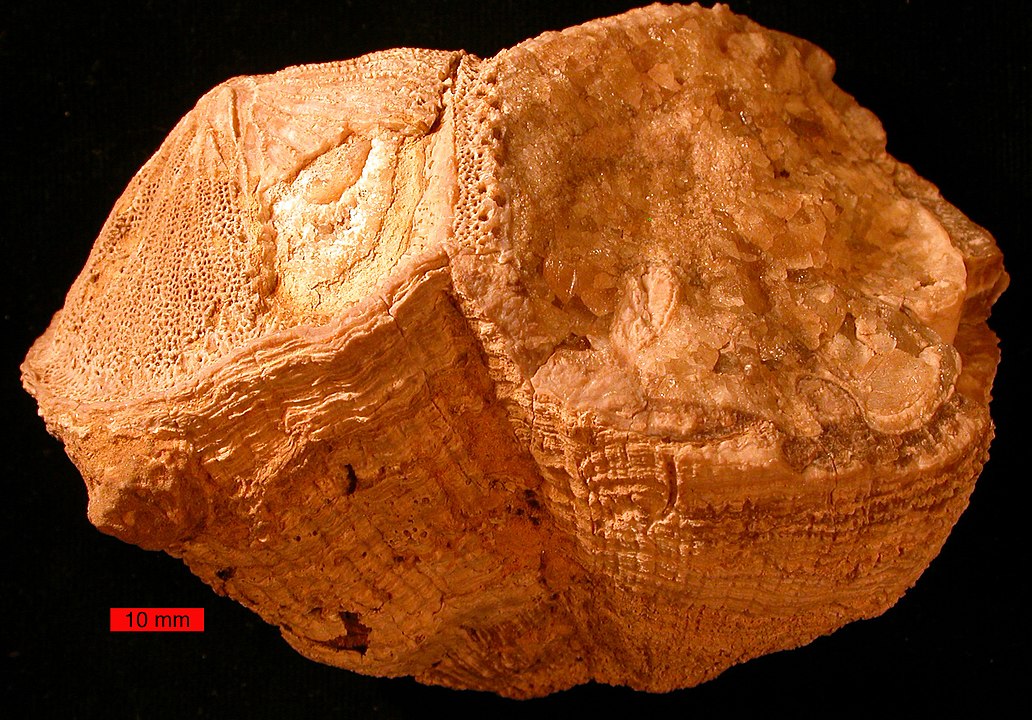
Has humanity been doing it all wrong? We’re busy staring off into space with our futuristic, ultra-powerful telescopes, mesmerized by ethereal nebulae and other wondrous objects, and trying to tease out the Universe’s well-kept secrets. Turns out, humble, ancient clams have something to tell us, too.
Continue reading “70 Million Years Ago, Days Were 30 Minutes Shorter, According to this Ancient Clam”
